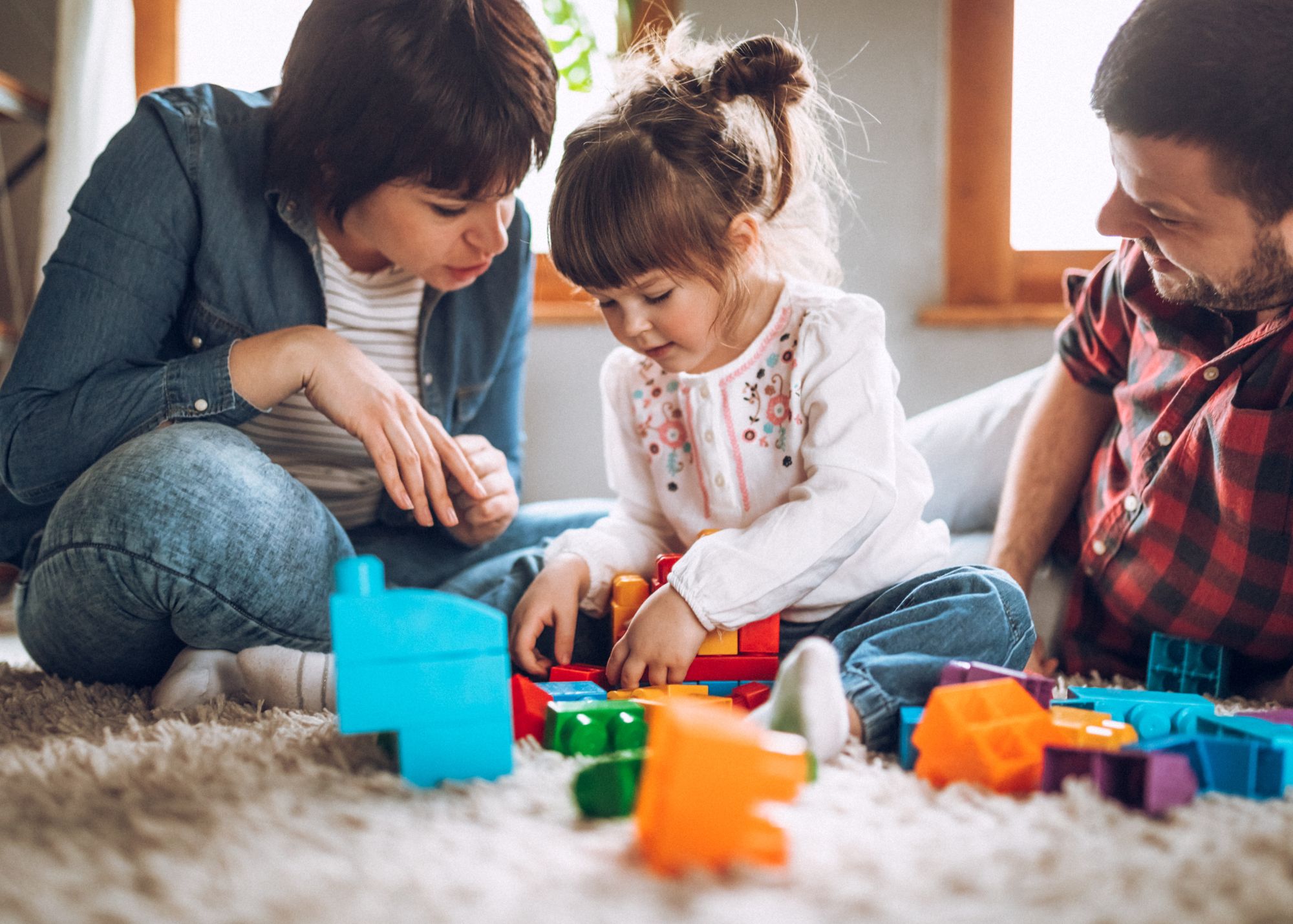Understanding Gestalt Language Processing
Have you ever wondered why a child randomly starts repeating lines from a favorite show, book, or song? The child is most likely using delayed echolalia or gestalts to communicate a need or express excitement.
The term gestalt means “whole”; a gestalt unit can be a “whole” sentence, song or story. Gestalts are highly personalized to the individual using them, serving as a means to share important experiences and emotions.
Gestalt language processing is a development approach where language is acquired from larger, memorized constructs like entire songs or sentences, gradually breaking down into single words or combinations, and eventually forming complete sentences. A Gestalt language learner acquires language from large too small. This learning pattern is frequently observed in children with Autism as well as neurotypical children. The most common style of language processing is Analytic language processing. This is language development that is learned from single words to phrases and eventually to complex sentences. Children may learn language in both styles as their language develops over time.
Memorized phrases or gestalts have many communicative functions. For example, a child may sing their favorite song to express excitement or a desire for a preferred activity (i.e. child sings the ABC song which may indicate a desire for a book or alphabet puzzle). When the child is feeling frustrated or anxious, they may use a different memorized phrase or the same phrase with a change in intonation to express that they’re frustrated or may need a change of activity or environment.
The meaning of a gestalt is specific to the child who learns it, the caregiver is tasked with learning what the significance of the gestalt is and understand the child’s emotional state and the context of the activity to determine what the child is attempting to communicate.
The Six Stages of the Gestalt Language Process:
Stage 1: Storing and Using Whole Language Gestalts
Children are scripting whole gestalts and using single word gestalts. They may change their intonation to match their emotion and the strings of gestalts may not always be clear to the listener. Typically, this type of scripting often comes from media, books and people.
Example: “Let’s go to the park where the big green trees grow. “
Stage 2: Mix and Match Stage or “Trimming down” (Partial Gestalts)
Children begin changing breaking larger gestalts into smaller chunks. They are mixing and matching parts/chunks of gestalts into semi-unique utterances.
Using the phrase, “Let’s go to green park”
Example #1 (mixing of two partial gestalts): Child: “Let’s go + ride bike” = Let’s go ride bike.
Example #2 (Trimming down): “Let’s go park.”
Stage 3: Single Words and Two-Word Combinations
At this stage, children further deconstruct scripts into single words or create new noun combinations. Children are finally able to identify words as single units of meaning and begin using self-generated language. Grammar or word order is not concerning at this stage.
Example: Child: “park” (single noun), “green park” (adjective + noun combination), “bike + park” (noun + noun combination)
Stages 4-6: New Original Phrases or Sentences with Grammar Development
Children are now putting individual word units together to make new phrases or sentences and beginning to grasp grammar rules. Parents and caregivers play a crucial role in supporting grammar development. Children will not begin to use advanced or complex grammar until stages 5-6.
Examples:
“We goed to the park.” (Stage 4)
“We ride bikes to the park.” (Stage 5)
“Can we please go to the park and ride our bikes?” (Stage 6)
As parents or caregivers begin to learn what the child is trying to communicate through the use of gestalts, they can model language that represents more of a natural language, such as using verbal models “I need a drink” or “I want to play”.
The use of an augmentative communication device, also known as an AAC, would also be beneficial. AAC devices offer the opportunity for the child to utilize visual aids paired with auditory feedback. They can select a picture representing a specific want, need, emotion, and upon selection the device provides both visual and auditory feedback. Having an AAC device or a similar picture exchange program can help caregivers understand the child’s communication and assist with meeting the child’s wants and needs. It can also help reduce frustration for the child as they learn to use language to communicate and socialize with family and peers.
If you’re concerned about your child’s speech and language development, please don’t hesitate to contact us at Kids Place Pediatric Therapy. We have 4 speech therapy clinics in Arizona ready to support you and your child! For further insights into language acquisition and Gestalt Language Processing, refer to the provided references below.
Resources:
https://columbusspeech.org/wp-content/uploads/2022/07/Gestalt-Lang-Process-1.pdf
https://www.assistiveware.com/blog/gestalt-language-processing-aac







